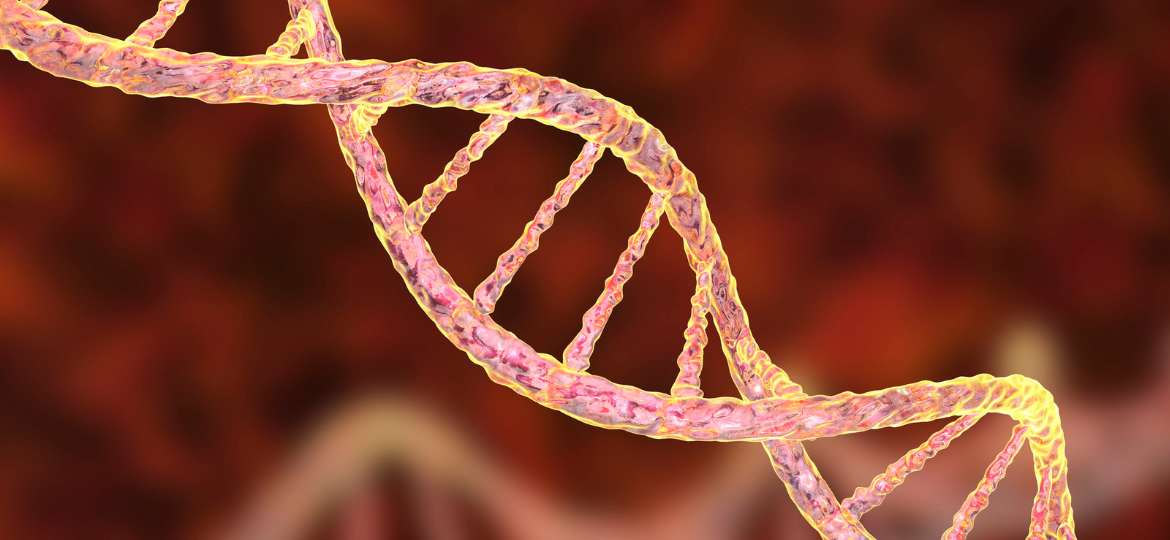
Determining population genomic structure of the animal disease vector Culicoides in Northern Australia to inform surveillance efforts and decision-making.
Charles Darwin University and Northern Territory Department of Industry Tourism and Trade are collaborating to address key challenges in animal disease surveillance and biosecurity in Northern Australia.
Project Overview:
The project titled “Understanding gene flow and population structure in an animal disease insect vector” focuses on understanding how exotic animal diseases carried by an insect vector could spread in Northern Australia using genomics and modelling. The expected outcome of this research will be new approache to biosecurity surveillance and early detection of exotic animal disease to support preparedness and decision-making in the north.
Leveraging Charles Darwin University renowned expertise in Agriculture (Maxine Piggott) and Northern Territory Department of Industry Tourism and Trade industry leadership (Vidya Bhardwaj), this project embodies a collaborative approach that bridges the gap between academia and industry.

Culicoides spp. are important animal disease vectors playing a key role in the transmission of diseases that regulate market access. Their role in the transmission of exotic diseases cannot be underestimated. Understanding their population genomics is vital to helping industry refine their surveillance systems and thus maximize likelihood of early detection of disease.
Supporting the development of skills and capacity in biosecurity diagnostics and surveillance in Northern Australia and strengthening existing collaborations with the Northern Territory Government. A collaborative research program in tropical biosecurity is a key aim of the new Research Institute for Northern Agriculture at Charles Darwin University.
Industry Professional and PhD Candidate, Tomoko Okazaki, said “After working with Northern Territory Government’s biosecurity section for three years and in the entomology field for eight years, I am thrilled at the opportunity to study the population genomics of Culicoides.spp., a possible vector of serious livestock disease. What excites me most is the potential for innovation in more effective surveillance systems, which is critical for safeguarding our valuable livestock industry against the incursion of exotic diseases. I’m grateful for this opportunity and eager to learn new skills that will benefit my future professional development.”
Thank you to everybody involved in helping getting this project started and supporting the program (Dr Mohammad Sabuj, Maxine Piggott, Vidya Bhardwaj, Tomoko Okazaki, Anthony Millgate, Bryce Logan)